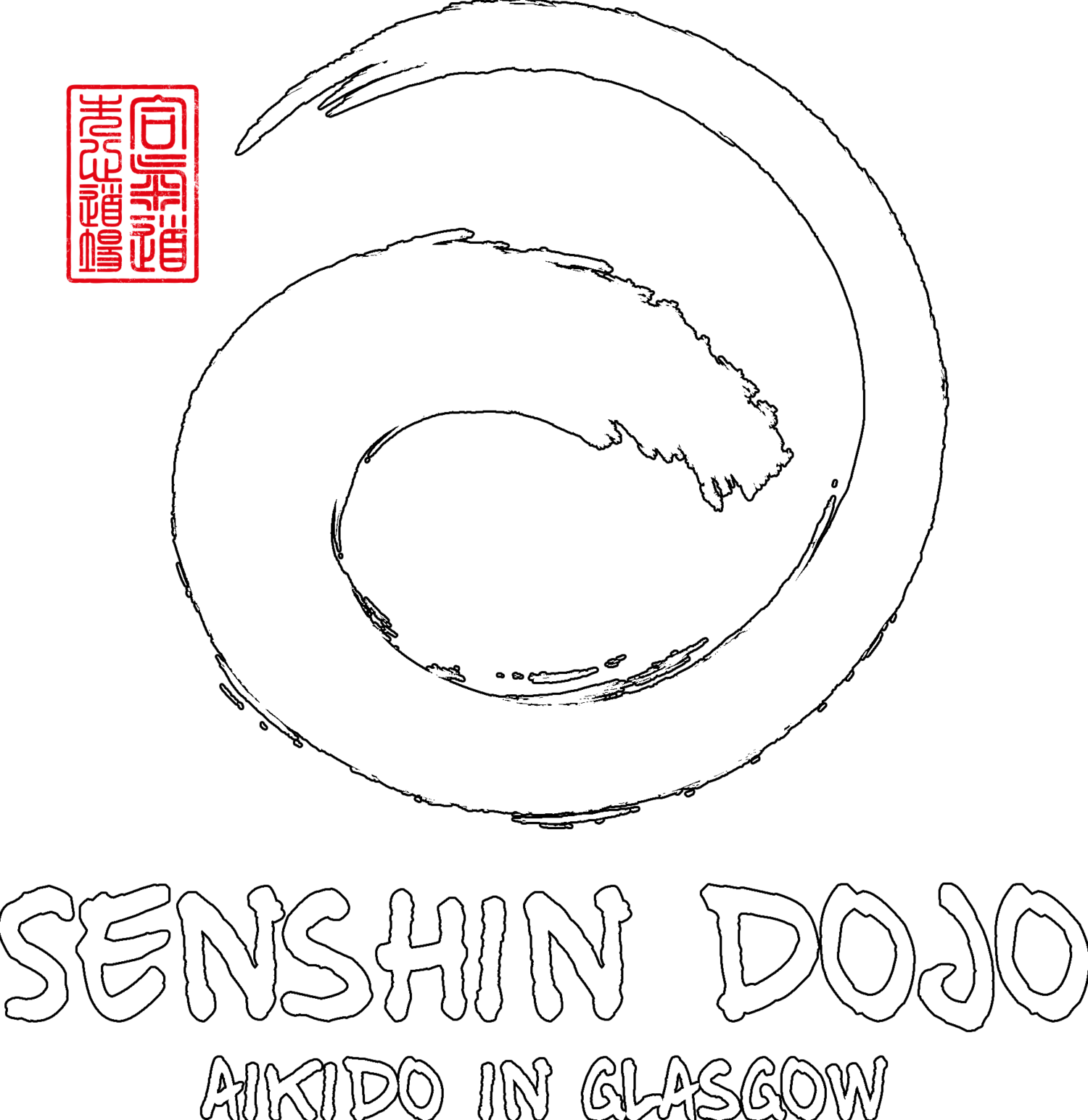Aikido was created by Morihei Ueshiba (1883 - 1969), referred to by some aikido practitioners as O Sensei ("Great Teacher"). O Sensei envisioned aikido not only as the synthesis of his martial training, but also an expression of his personal philosophy of universal peace and reconciliation. During O Sensei's lifetime and continuing today, aikido has evolved from the koryu (old-style martial arts) that O Sensei studied into a wide variety of expressions by martial artists throughout the world.
Aikido is performed by blending with the motion of the attacker and redirecting the force of the attack rather than opposing it head-on. This requires very little physical energy, as the aikidoka (aikido practitioner) "leads" the attacker's momentum using entering and turning movements. The techniques are completed with various throws or joint locks. Aikido can be categorized under the general umbrella of grappling arts.
Aikido derives mainly from the martial art of Daitō-ryū aiki-jūjutsu, but began to diverge from it in the late 1920s, partly due to O Sensei's spiritual studies. O Sensei's early students' documents bear the term aiki-jjutsu. Many of O Sensei's senior students have different approaches to aikido, depending on when they studied with him. Today aikido is found all over the world in a number of styles, with broad ranges of interpretation and emphasis. However, they all share techniques learned from O Sensei and most have concern for the well-being of the attacker.
The word "aikido" is formed of three kanji:
合- ai - joining, harmonizing
気- ki - spirit, life energy
道 - do - way, path
The term "do" connects the practice of aikido with the philosophical concept of Tao, which can be found in martial arts such as judo and kendo, and in more peaceful arts such as Japanese calligraphy (shodo), flower arranging (kado) and tea ceremony (chado). The term aiki refers to the martial arts principle or tactic of blending with an attacker's movements for the purpose of controlling their actions with minimal effort.
One applies aiki by understanding the rhythm and intent of the attacker to find the optimal position and timing to apply a counter-technique. Historically, aiki was mastered for the purpose of killing; however in aikido one seeks to control an aggressor without causing harm.
The founder of aikido declared: "To control aggression without inflicting injury is the Art of Peace." A number of aikido practitioners interpret aikido metaphorically, seeing parallels between aikido techniques and other methods for conflict resolution.
Source: Budodojo.com

